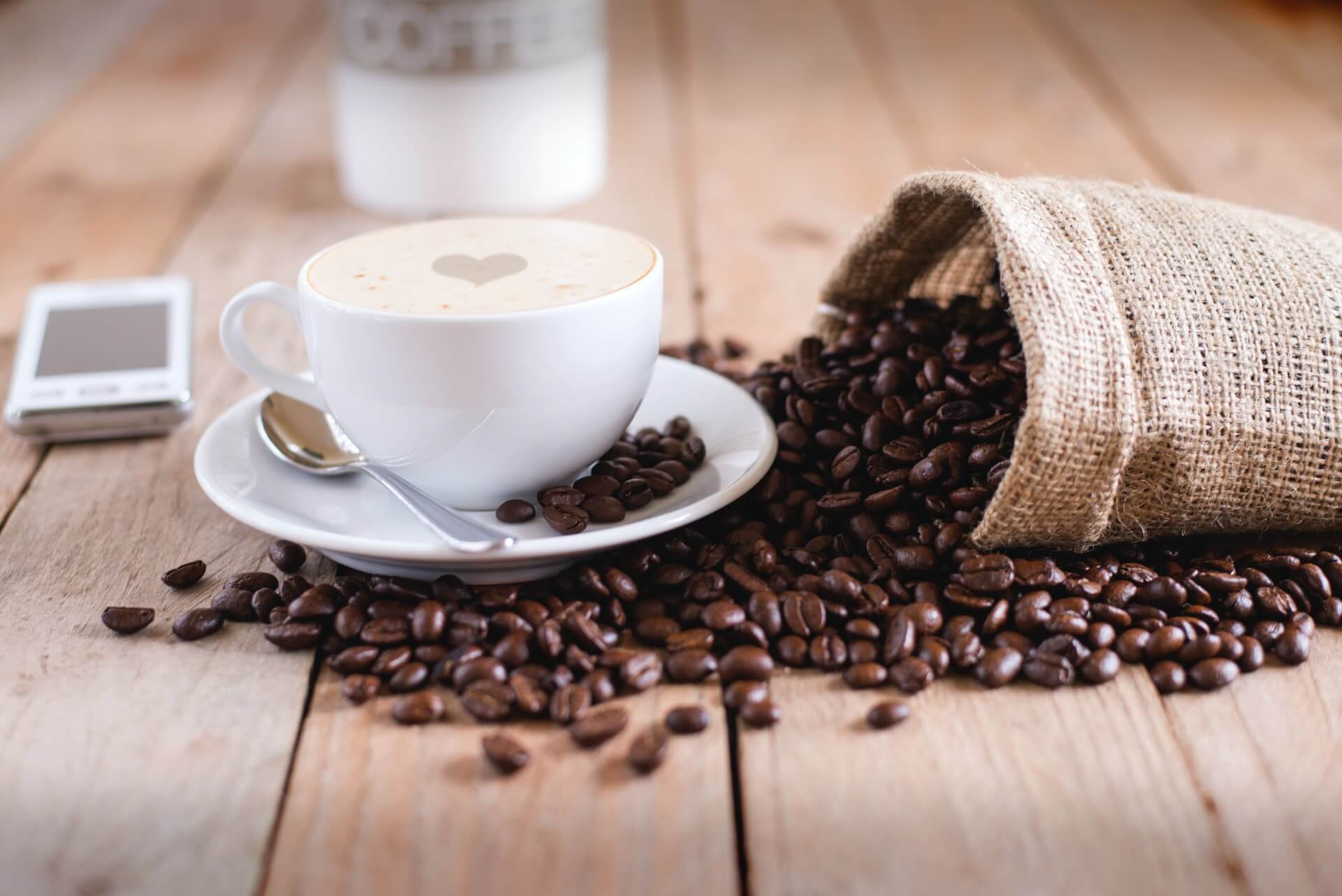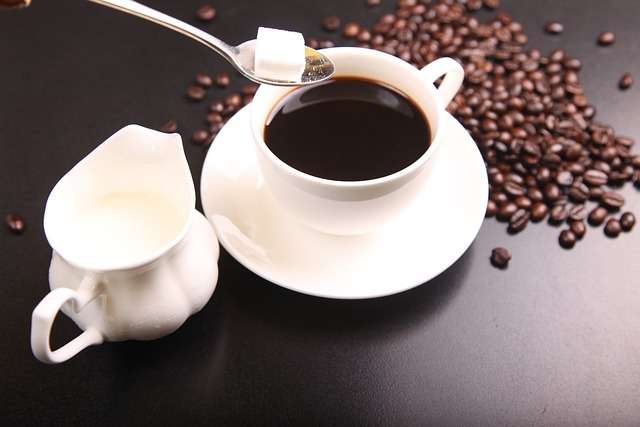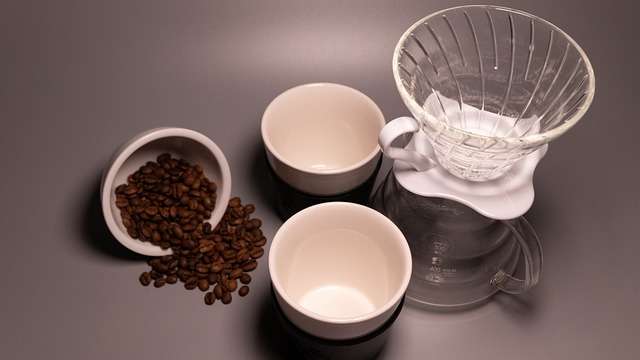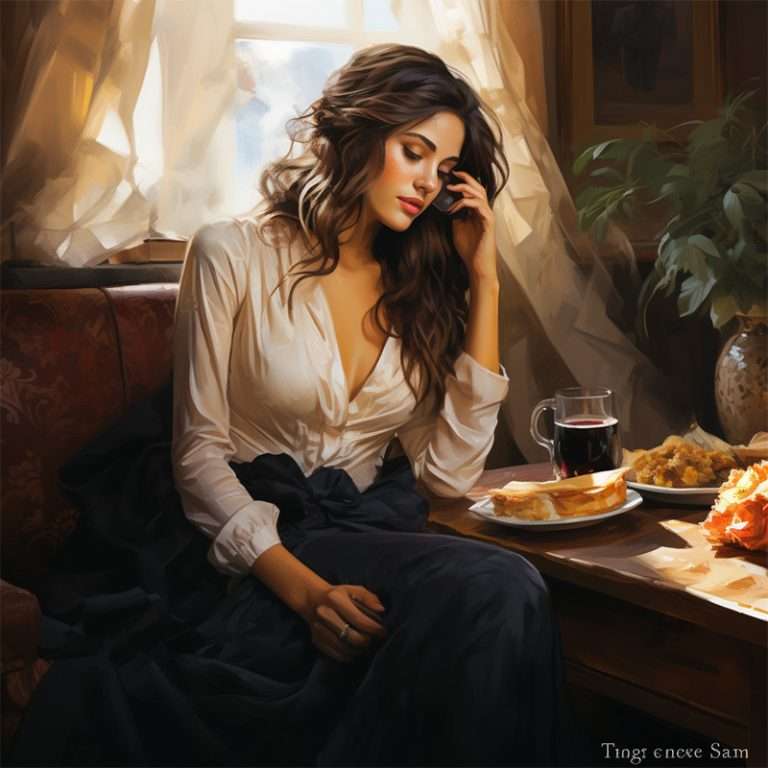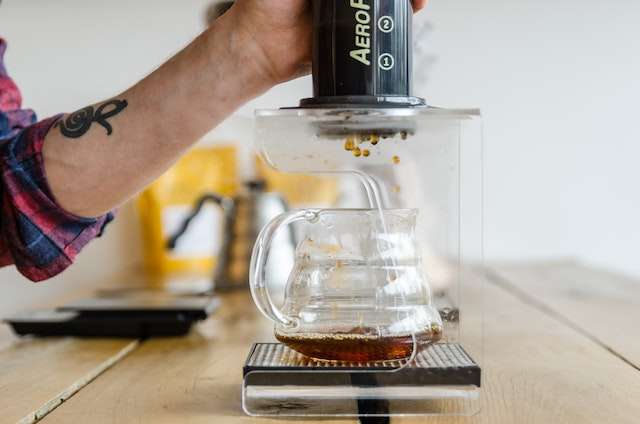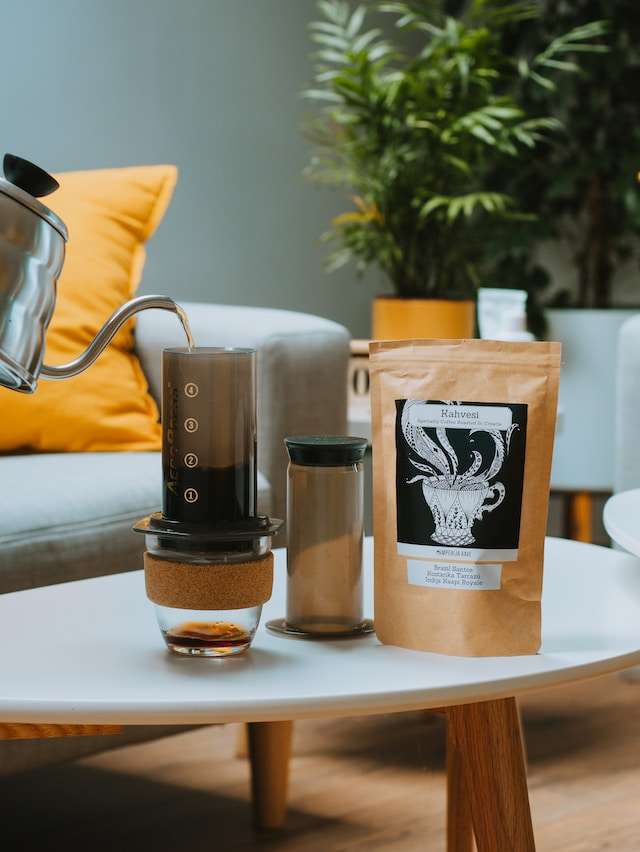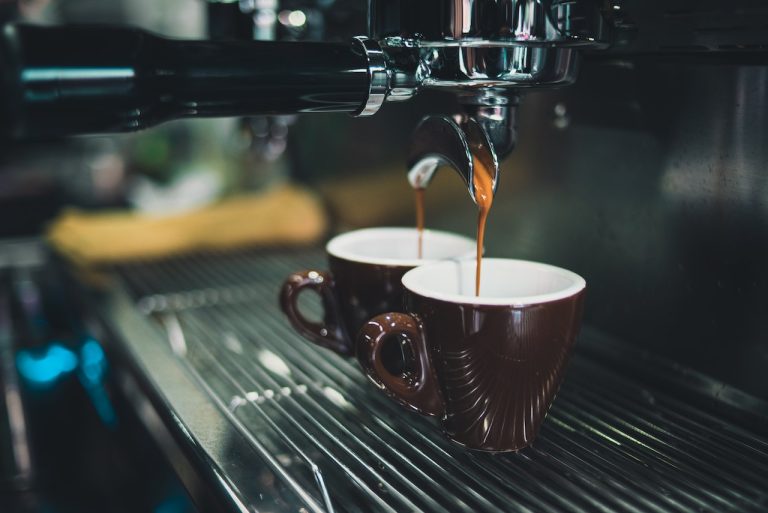Is Espresso black or brown?
The darkness of espresso brown depends on the specific roast level of the coffee beans and the brewing method. Espresso brown can be darker than dark brown when using a very dark roast or when brewed under high pressure, which leads to a more concentrated liquid.
What Color Should Espresso Be?
The ideal color of espresso varies based on personal preferences and the type of coffee beans used. Generally, espresso should have a rich, dark brown color with a reddish hue, which comes from the oils and soluble compounds extracted during the brewing process.
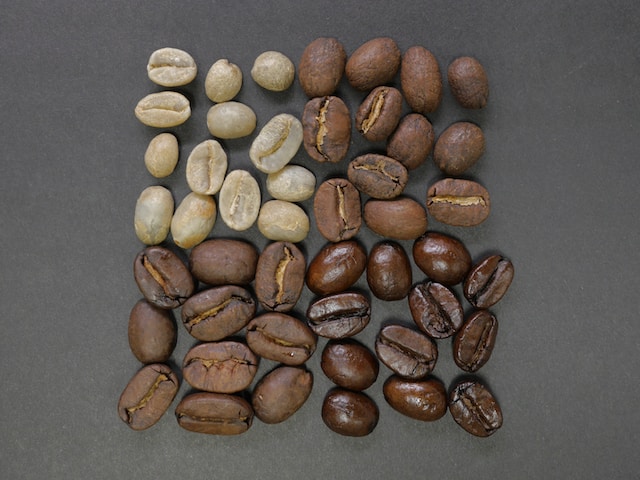
What Colors Match with Espresso Brown?
Espresso brown is a versatile color that pairs well with various colors, including:
- Cream, beige, or off-white for a warm, neutral look
- Gold or brass accents for a touch of elegance
- Cool tones like light blue or sage green for a calming effect
- Bold, contrasting colors like orange or red for a vibrant, energetic feel
Is Espresso Finish Black?
Espresso finish refers to a dark, rich brown color often used for furniture and cabinetry. While it may appear almost black in some lighting conditions, it is technically a very dark shade of brown.
Is Espresso Darker Than Medium Brown?
Espresso is typically darker than medium brown due to the roast level of the coffee beans and the high-pressure brewing method, which produces a more concentrated and darker liquid.
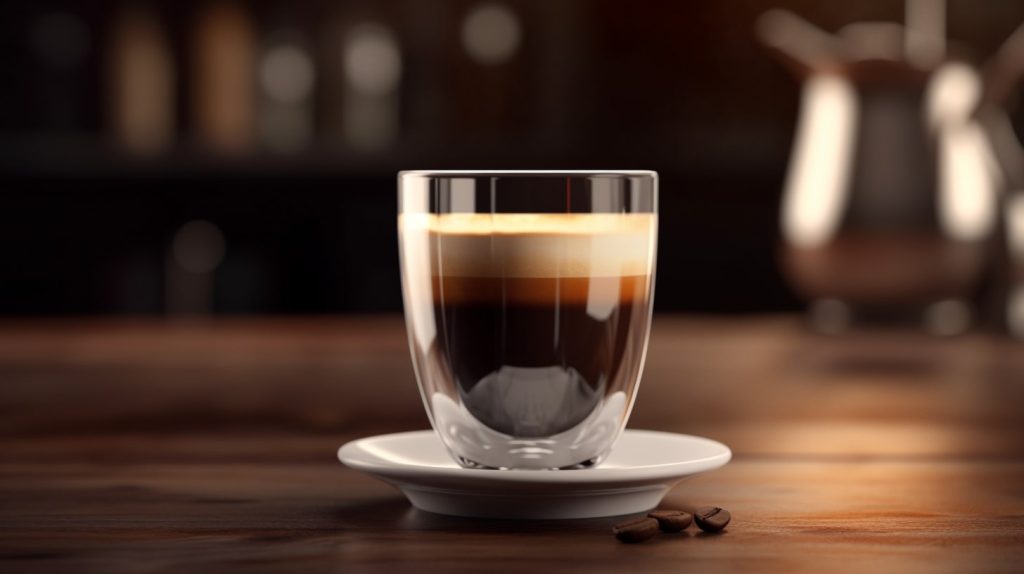
Is Espresso or Walnut Darker?
Espresso is generally darker than walnut. Walnut is a medium to dark brown color, often with a reddish or golden undertone, while espresso is a very dark brown, bordering on black in some instances.
Is Espresso Darker Than Mahogany?
Espresso is typically darker than mahogany. Mahogany is a rich, reddish-brown color, while espresso is a very dark brown, often appearing almost black.
How Dark Should Espresso Be?
The darkness of espresso should be determined by personal preferences and the type of coffee beans used. In general, espresso should have a dark brown color, bordering on black, with a reddish hue from the oils and soluble compounds extracted during the brewing process.
What is the Golden Rule for Espresso?
The golden rule for espresso refers to the optimal balance between the coffee dose, extraction time, and the yield of the final espresso shot. This rule suggests that a well-balanced espresso should use a dose of around 18-20 grams of coffee, extracted over 25-30 seconds, producing a yield of approximately 36-40 grams of liquid.
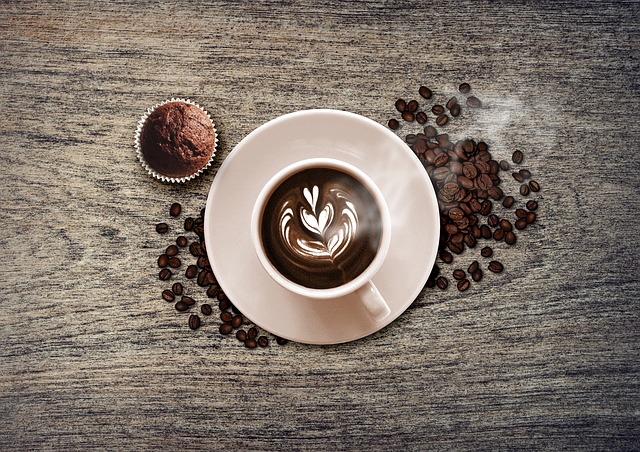
What is the 1-2 Rule for Espresso?
The 1-2 rule for espresso is a guideline that recommends a brewing ratio of 1 part coffee grounds to 2 parts water. For example, using 18 grams of coffee grounds would require 36 grams of water to produce a well-balanced shot of espresso.
Is Medium or Dark Better for Espresso?
The choice between medium and dark roast for espresso depends on personal preferences and desired flavor profiles. Medium roasts tend to have a more balanced flavor, with a mix of acidity, sweetness, and bitterness. Dark roasts typically have a bolder, more robust flavor, with less acidity and a stronger bitterness. Experimenting with different roast levels can help you find the best match for your taste preferences.
What is 3 Shots of Espresso Called?
Three shots of espresso are often referred to as a “triple” or a “triple shot.” This term is used when ordering an espresso-based beverage with three shots instead of the standard one or two.
What is the 10 Second Rule for Espresso?
The 10-second rule for espresso refers to the initial stage of extraction when the first few drops of espresso start to flow from the portafilter. Ideally, the first drops should appear within the first 5-10 seconds of starting the extraction process, indicating a well-tamped and evenly distributed coffee puck. If it takes longer than 10 seconds for the first drops to appear, it may indicate that the coffee grounds are too fine or the puck is over-tamped, which can lead to over-extraction and a bitter taste.
Should Espresso Be 20 or 30 Seconds?
The optimal extraction time for espresso is typically between 25-30 seconds. However, the ideal extraction time can vary depending on factors such as the coffee beans, grind size, and brewing equipment. Some baristas may prefer a slightly shorter extraction time, around 20 seconds, for lighter roasts or to emphasize certain flavor characteristics. It’s essential to experiment and adjust the extraction time based on your preferences and the specific coffee beans being used.
Conclusion
In this expanded exploration of espresso, we’ve delved into the color of espresso, its various shades, and how it compares to other colors. We’ve also answered several questions related to espresso brewing, extraction, and flavor preferences. Ultimately, the color and taste of espresso can vary significantly based on factors such as the coffee beans, roast level, brewing method, and individual preferences. By understanding the intricacies of espresso and experimenting with different variables, coffee enthusiasts can enjoy a personalized and satisfying espresso experience.

